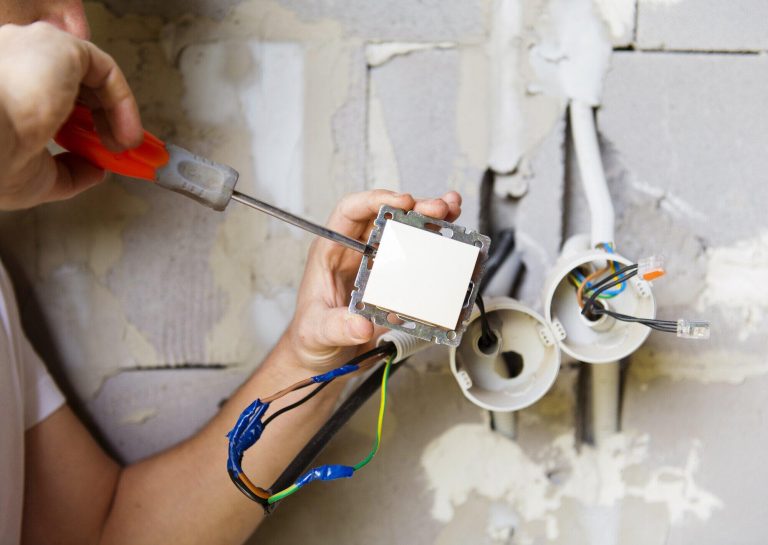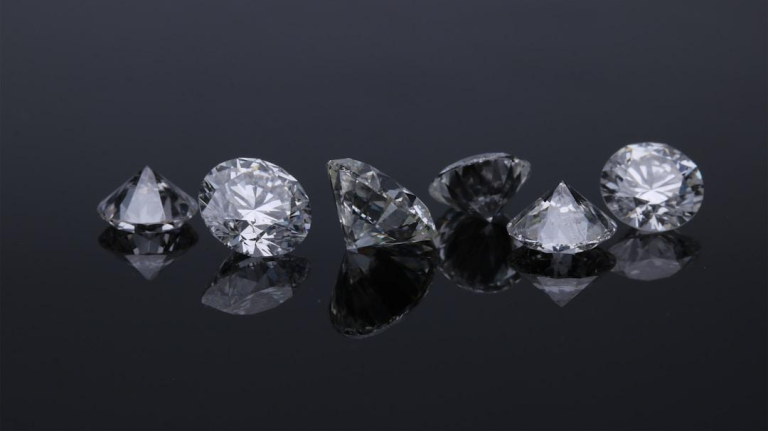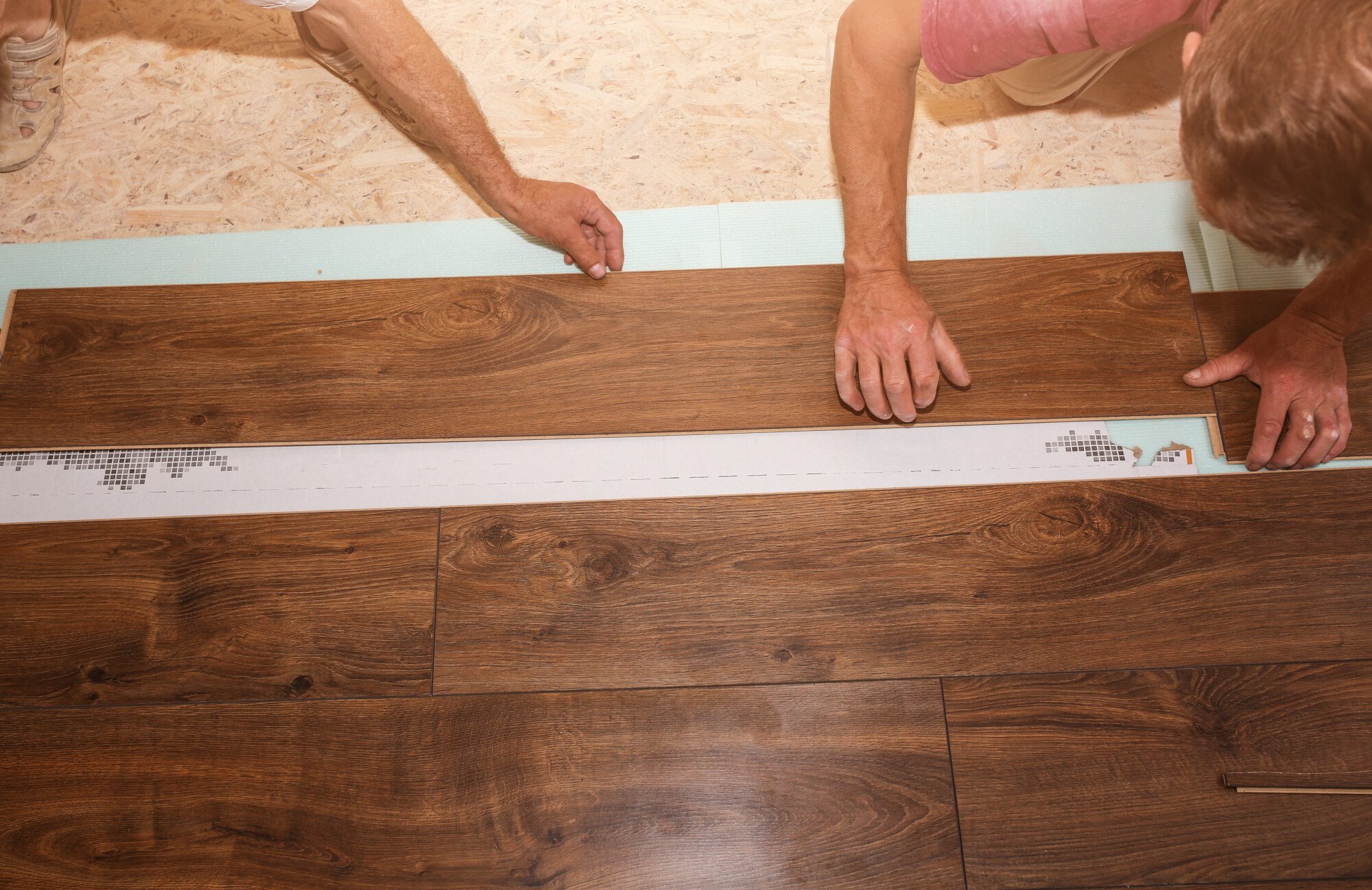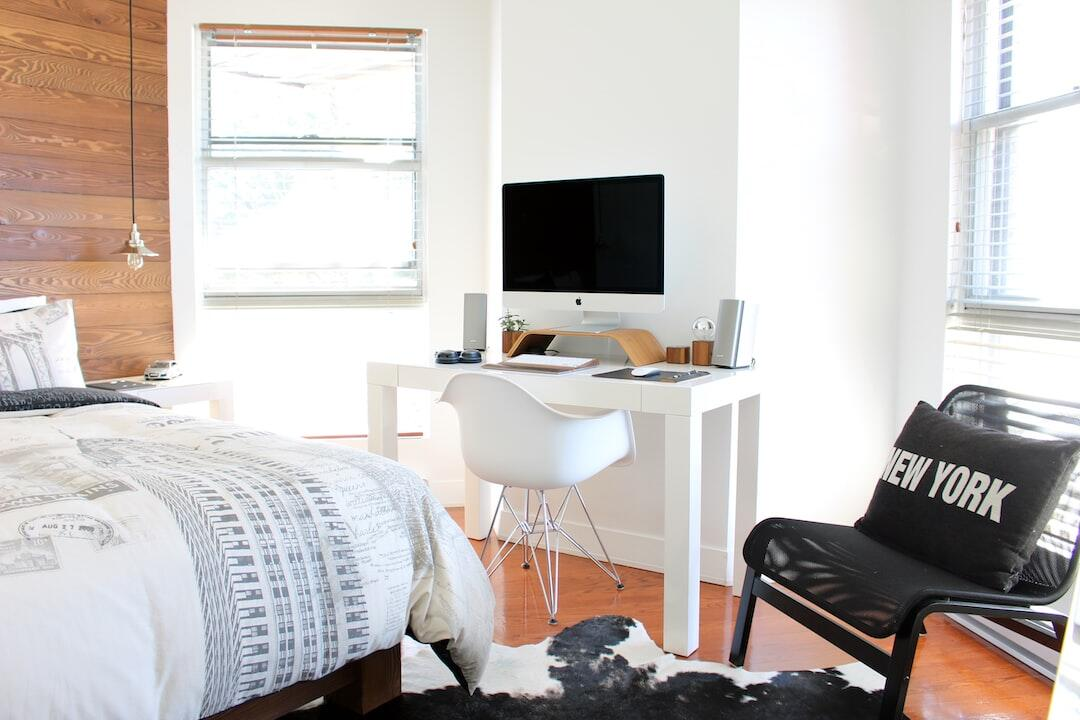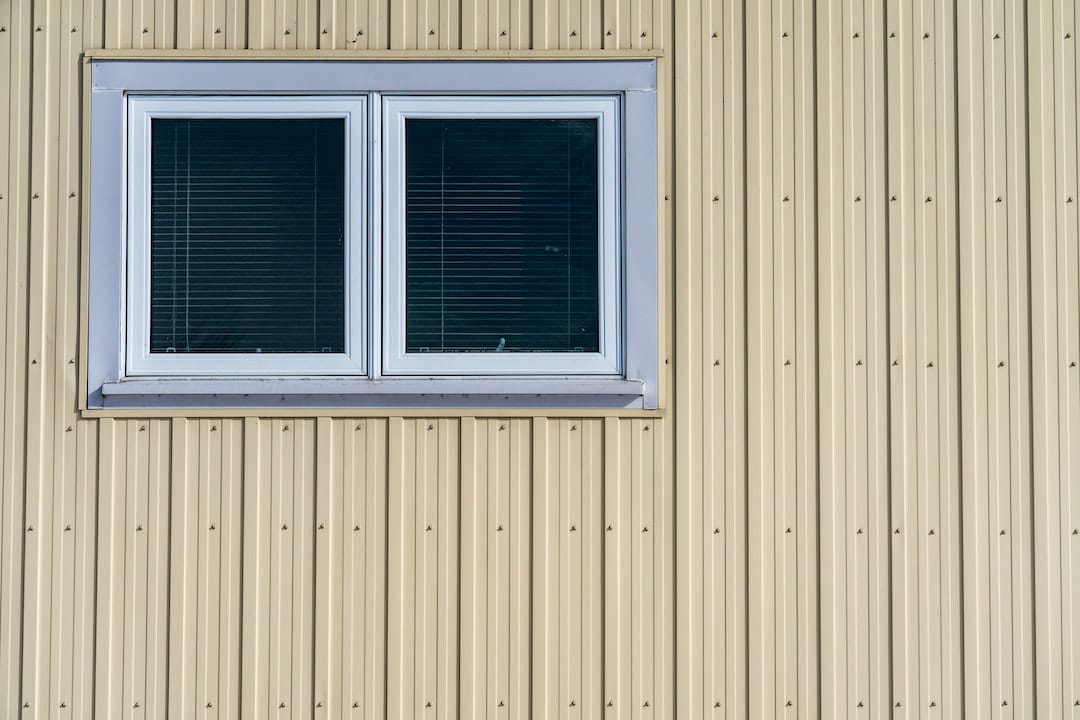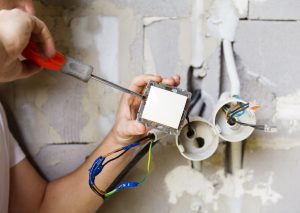Choosing the right materials for your building’s walls is more than just a design decision. It significantly impacts durability, cost, and aesthetics. As various wall materials are available today, understanding their characteristics can help you select the best fit for your needs.
Some might prioritize cost-effectiveness, while others may focus on durability or style. Did you know that the choice of wall materials can affect not only the structural integrity of your building but also its energy efficiency?
This blog will guide you through a comparison of popular wall materials, helping you navigate the benefits and drawbacks of each option to find your perfect match. From traditional options like brick and stone to modern choices like insulated panels, the following sections will provide you with insights that help you make an informed decision. Read on.
Table of Contents
Traditional Wall Materials
Traditional wall materials such as brick, stone, and concrete blocks have stood the test of time. They offer robustness and longevity. It makes them a popular choice for various building applications.
Brick
Brick is known for its durability and character. With a lifespan that can exceed fifty years, it’s a resilient option.
Its thermal mass property allows it to keep buildings warm in the winter and cool in the summer. It leads to energy efficiency.
- Resistant to weather and pests.
- Higher initial cost
- Low maintenance
- Aesthetics
Stone
Natural stone exudes elegance and timeless appeal. While it often comes with a higher price tag, it provides unmatched durability and can enhance property value.
- Extremely durable but heavy.
- More expensive
- Unique look with natural variations
Concrete Blocks
Concrete blocks are often used for commercial properties. They are fire-resistant and provide good insulation when combined with other materials.
- Highly durable with proper treatment
- Economical for large-scale construction
- Aesthetically pleasing
Modern Wall Materials
In addition to traditional materials, modern advancements have introduced a range of innovative options. It allows for greater flexibility and adaptability in building design.
Insulated Panels
These panels offer excellent thermal performance and are often favored in manufacturing and industrial buildings. They can significantly reduce energy costs over time.
- Designed to withstand harsh elements
- Initial investment can be high
- Savings on energy bills
- Available in various finishes
Steel
Steel has gained popularity due to its strength and versatility. It can be used for framing or as cladding. This provides excellent durability.
- Resistant to pests and rot
- More affordable in large quantities
- Modern, industrial look
Fiber Cement
This material mimics wood without the maintenance issues associated with natural wood. It’s resistant to termites and rotting.
- Long-lasting
- Resistant to weather
- Moderate initial cost
- Available in several styles and colors
Comparing Costs of Wall Materials
When choosing wall materials, cost plays an important role. For example, brick and steel usually cost around $10 to $15 per square foot, while stone is more expensive at about $15 to $30 per square foot.
Concrete blocks are one of the cheapest options. It costs about $3 to $5 per square foot.
Insulated panels and fiber cement fall in the middle. It ranges from $6 to $12 per square foot. Knowing these price ranges can help you decide which material fits your budget best.
These costs can vary significantly based on region and availability. While traditional materials like brick and stone have high upfront costs, their longevity and low maintenance requirements can offer long-term savings.
Durability and Longevity
Durability is crucial for wall materials, especially in environments subject to weather extremes. Here’s how some common materials measure up:
- Brick: Excellent durability
- Stone: Almost indestructible
- Concrete: Last over a century
- Insulated Panels: Often exceeding 30 years
- Steel: Resistant to deterioration factors
- Fiber Cement: 25-50 years
Each material has its benefits, but traditional options typically offer the highest longevity. However, modern options are not far behind, with advancements improving their lifespan.
Aesthetic Considerations
The look of your building is very important because it can make the place more attractive to buyers or renters. Brick gives a classic and elegant style. While stone has a rich texture that makes buildings look more luxurious.
Concrete blocks can be finished to give a clean, modern appearance. Insulated panels are flexible and can be designed to look like other materials. It makes them easy to customize.
Steel provides a sleek, modern look that works well for industrial designs. Fiber cement offers the warm appearance of wood with many different siding styles to choose from.
Your aesthetic goals should guide your choice, as certain materials can significantly elevate your building’s visual impact. Opting for materials that also align with your design vision can offer functional and stylistic advantages.
Environmental Considerations
When choosing wall materials, it’s important to think about how they affect the environment. Brick is often seen as eco-friendly because it’s made from natural clay and can be recycled. Stone can also be sustainable if it is taken from the earth responsibly, though it uses a lot of energy to process.
Concrete has a big carbon footprint. But it can be made with recycled materials to reduce its impact. Insulated panels are good for saving energy and can help lower energy costs over time.
Steel is highly recyclable, which helps cut down on waste in landfills. Fiber cement is made from natural materials, lasts a long time, and reduces waste in the future.
Choosing sustainable materials can contribute to your building’s overall environmental footprint. Consider the entire lifecycle of the materials, from production to disposal, to make a responsible choice.
Finding the Right Wall Material for Your Project
Your choice of wall materials should align with your specific building needs. Consider factors like budget, durability, aesthetics, and impact on the environment.
For instance, if you’re designing a commercial space, insulated panels or concrete blocks might be ideal due to their cost-effectiveness and durability. For residential buildings, brick and fiber cement may provide the aesthetic appeal and long-term performance desired.
Regardless of your choice, sourcing from reputable suppliers ensures quality. For robust wall systems, explore options from butlerbuildingparts.co/butler-wall-panels, where you can find materials that meet your specific needs.
Your Building, Your Choice
Selecting the best wall materials is a critical decision that impacts your building’s longevity, visual appeal, and overall performance. By comparing different options based on durability, cost, and aesthetics, you can choose a material that fits both your functional and aesthetic needs. Remember to weigh all factors, including environmental impact and local building codes.
Your building deserves the best, so make an informed decision that enhances its value and sustainability.
For more building material tips, check out our blog posts.




















